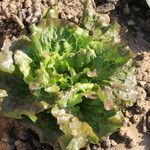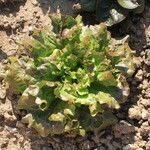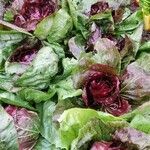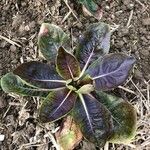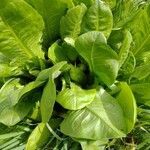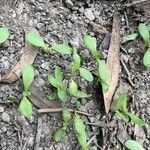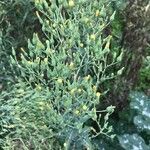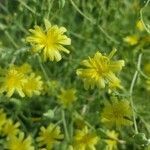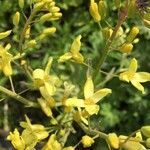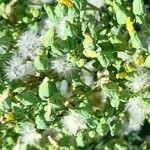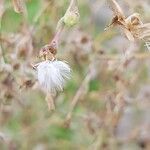A leafy vegetable which forms a heart or clump of tightly wrapped leaves under cool temperature conditions. The leaves are often pale green. Plants are about 20 cm high. In the tropics a leafy annual grown for its succulent crisp radical leaves. The lowland species has loose leaves, crumpled with frilly margins while the leaves of the highland variety fold over the growing point to form a head; with light green almost white leaves of a greasy texture and coarse veins and prominent midrib. There are many lettuce varieties.
Is widely cultivated as a leaf vegetable, though I have seen no herbarium specimens from our area.. Lettuce is annual or biennial. Rosette of sessile, amplexicaul leaves. The yellow florets are held in few-flowered capitula, in large paniculate inflorescences. The involucre is 9–12 mm long. The pappus 3 mm long.
